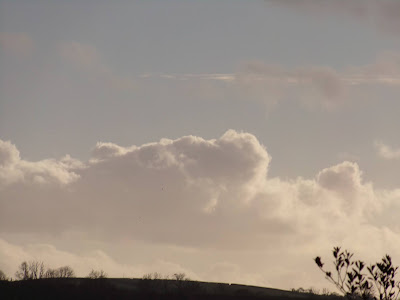A long, hot bath is probably the last thing you'd choose in the middle of summer - but on a chilly winter day it's a lovely idea. Usually I shower because it's the quickest option, but on my day off today I enjoyed a long, leisurely bath and it was wonderful! Some relaxing me-time, spent soaking in hot, deliciously-scented water felt so indulgent. It helped unknot the tension I'd been carrying in my neck and shoulders (and appalled Mandrake the cat, who sat by the bath the whole time I was in it looking horrified that his human had been stupid enough to get so wet).
Winter Blessings and Beauties: Day 29
Indulge in a Long, Hot Bath
Try to find some time to yourself when you won't be disturbed - perhaps turn off your phone/take it off the hook. Prepare some lovely fluffy towels for when you emerge. Choose your favourite bath products (I love Lush for this), light a candle (or lots of candles!), take some reading material with you and maybe a drink (A glass of wine? Herbal tea?), or some chocolates. Soak as long as you like, feeling your tensions dissolving. Afterwards, dry off with your fluffy towels and dress in warm and comfortable clothes.
And don't forget to reassure the cat that it's OK - you really won't dissolve.


































